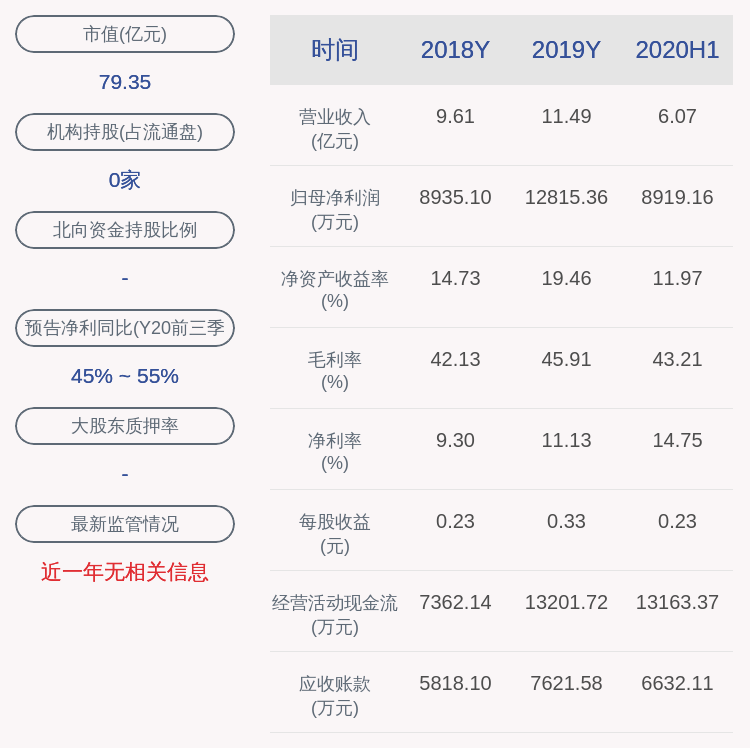
文章插图
在 linux 上面,可以使用 bash 的 read 内置命令来读取用户输入 。
当在 while 循环中不断调用 read 命令,并打印一些提示字符,如 $、#、> 等,就可以不断接收用户输入,并执行一些自定义的命令,类似一个简易的 shell 。
下面主要是介绍 read 命令的常见用法,用来逐步实现一个简易的 shell 效果 。
read 命令介绍在 bash 中,read 内置命令可以读取用户的一行输入,并对输入内容进行单词拆分,依次赋值给指定的变量 。
查看 help read 的说明如下:
read: read [-ers] [-a array] [-d delim] [-i text] [-n nchars] [-N nchars] [-p prompt] [-t timeout] [-u fd] [name ...]即,read 命令从标准输入读取到一行,每行内容以换行符结尾,但是读取到的内容不包含行末的换行符 。
Read a line from the standard input and split it into fields.
【完整版 Linux技巧:使用bash read命令实现一个简易shell】Reads a single line from the standard input, or from file descriptor FD if the -u option is supplied. The line is split into fields as with word splitting, and the first word is assigned to the first NAME, the second word to the second NAME, and so on, with any leftover words assigned to the last NAME.
Only the characters found in $IFS are recognized as word delimiters.
If no NAMEs are supplied, the line read is stored in the REPLY variable.
Exit Status:
The return code is zero, unless end-of-file is encountered, read times out (in which case it's greater than 128), a variable assignment error occurs, or an invalid file descriptor is supplied as the argument to -u.
对于读取到的内容,会按照 bash 的 IFS 全局变量保存的分割字符把输入行拆分成多个单词,把这些词依次赋值给提供的变量,如果所给的变量个数少于分割后的单词数,最后一个变量被赋值为剩余的所有单词 。
举例说明如下:
$ read first second third last1 2 3 4 5 678$ echo $first, $second, $third, $last1, 2, 3, 4 5 678$ read input_lineThis is a test input line.$ echo $input_lineThis is a test input line.可以看到,默认基于空格来拆分单词 。所给的第一个 first 变量被赋值为拆分后的第一个单词 。
第二个 second 变量被赋值为拆分后的第二个单词 。
第三个 third 变量被赋值为拆分后的第三个单词 。
最后一个 last 变量被赋值为第三个单词后的所有单词 。
显然,只提供一个变量时,整个输入行都会赋值给这个变量,打印的 input_line 变量值可以看到这一点 。
使用 -p 选项指定提示字符串执行 read 命令时,默认不打印提示字符串 。
如果想要引导用户输入特定的内容,可以使用 -p 选项来指定提示字符串 。
查看 help read 对该选项的说明如下:
-p prompt即,在 -p 选项后面跟着一个 prompt 字符串 。在读取用户输入之前,会先打印这个 prompt 字符串,以作提示 。
output the string PROMPT without a trailing newline before attempting to read
这个提示字符串后面不会换行,会跟用户的输入在同一行 。
具体举例说明如下:
$ read -p "Please input your mood today: " moodPlease input your mood today: hAppy$ echo $moodhappy在执行所给的 read 命令时,会先打印 “Please input your mood today: ”字符串,没有换行,等待用户输入 。上面的 “happy” 是输入的字符串,会被赋值给指定 mood 变量 。
当使用 while 循环不断调用 read 命令,且用 -p 选项指定 $ 字符时,看起来就像是一个简易的 shell,可以根据用户输入做一些处理,也可以指定其他字符,如 >、# 等 。
假设有一个 tinyshell.sh 脚本,内容如下:
#!/bin/bashwhile read -p "tinyshell> " input; doif [ "$input" == "l" ]; thenlselif [ "$input" == "quit" ]; thenbreakelseecho "Unknown input: $input"fidone该脚本在 while 循环中不断调用 read 命令,使用 -p 选项设置提示字符串为 “tinyshell> ”,DOS 命令行的提示字符就是 > 。具体执行结果如下:
$ ./tinyshell.shtinyshell> ltinyshell.shtinyshell> dUnknown input: dtinyshell> quit$在执行时,先打印出 “tinyshell> ” 提示字符串,等待用户输入 。这里输入 l 字符,脚本会执行 ls 命令 。
输入 quit 字符串,会退出 while 循环,终止执行 。
输入其他内容则提示 “Unknown input: ” 。
推荐阅读
- 完整版 Linux技巧:使用 bash function 命令自定义函数
- 如何在 Mac 上使用 pyenv 运行多个版本的 Python | Linux 中国
- 公司来位腾讯大牛,看完我构建的Spring MVC框架,甩给我一份文档
- Linux这5款微型发行版,体积小+精简,比win7运行还快,值得安装
- Linux磁盘管理超详细
- 手把手教你安装Windows 10之完整篇
- 吃完东西就犯困?科学家解释其中原因
- 看完胎压标示图后不知道如何充气了
- 5 种拆分 Linux 终端的方法
- Linux下查看进程线程数的方法















